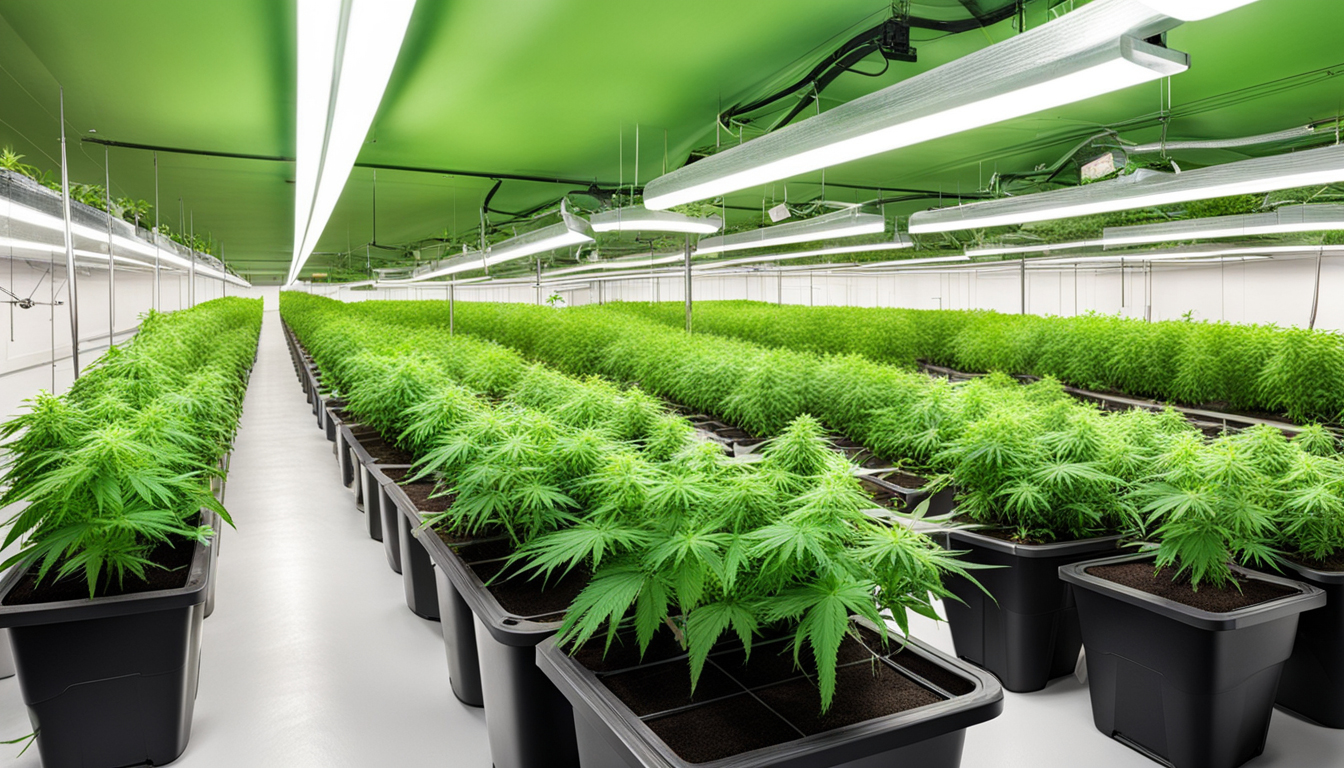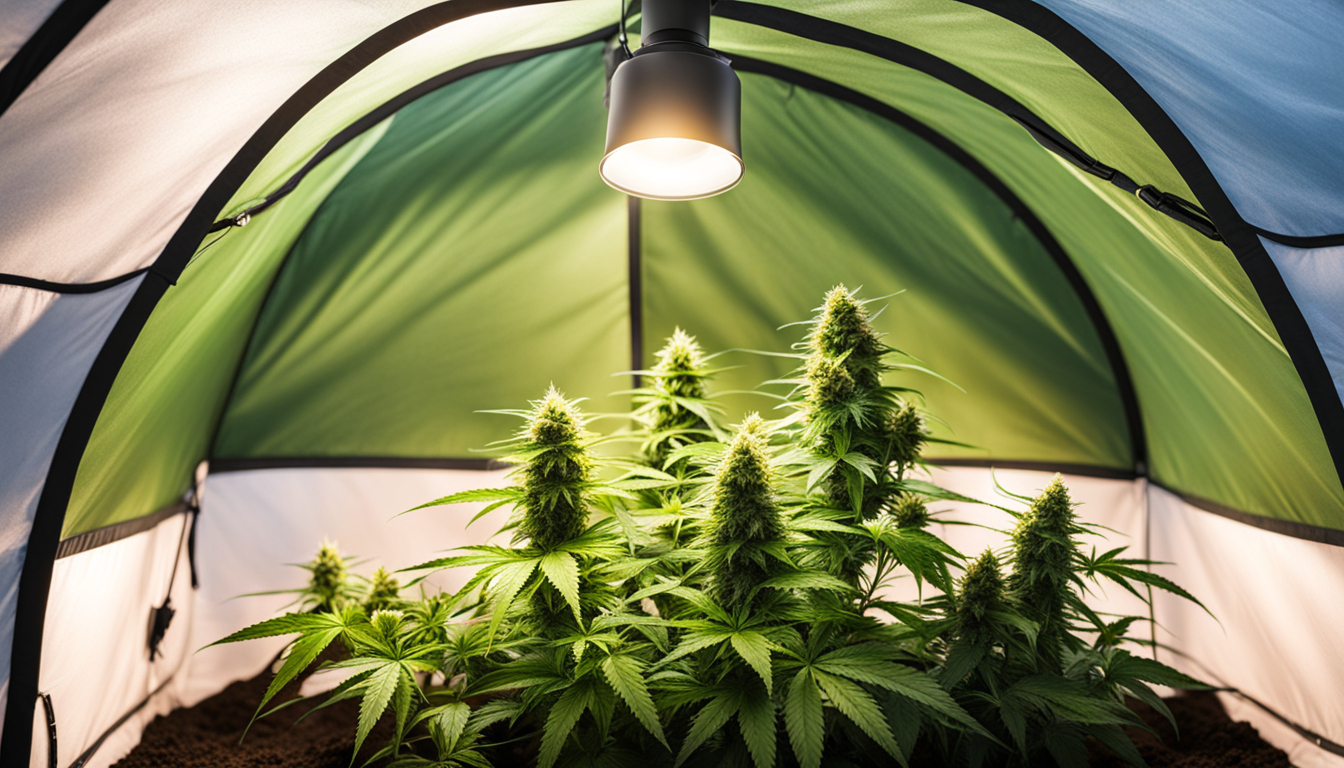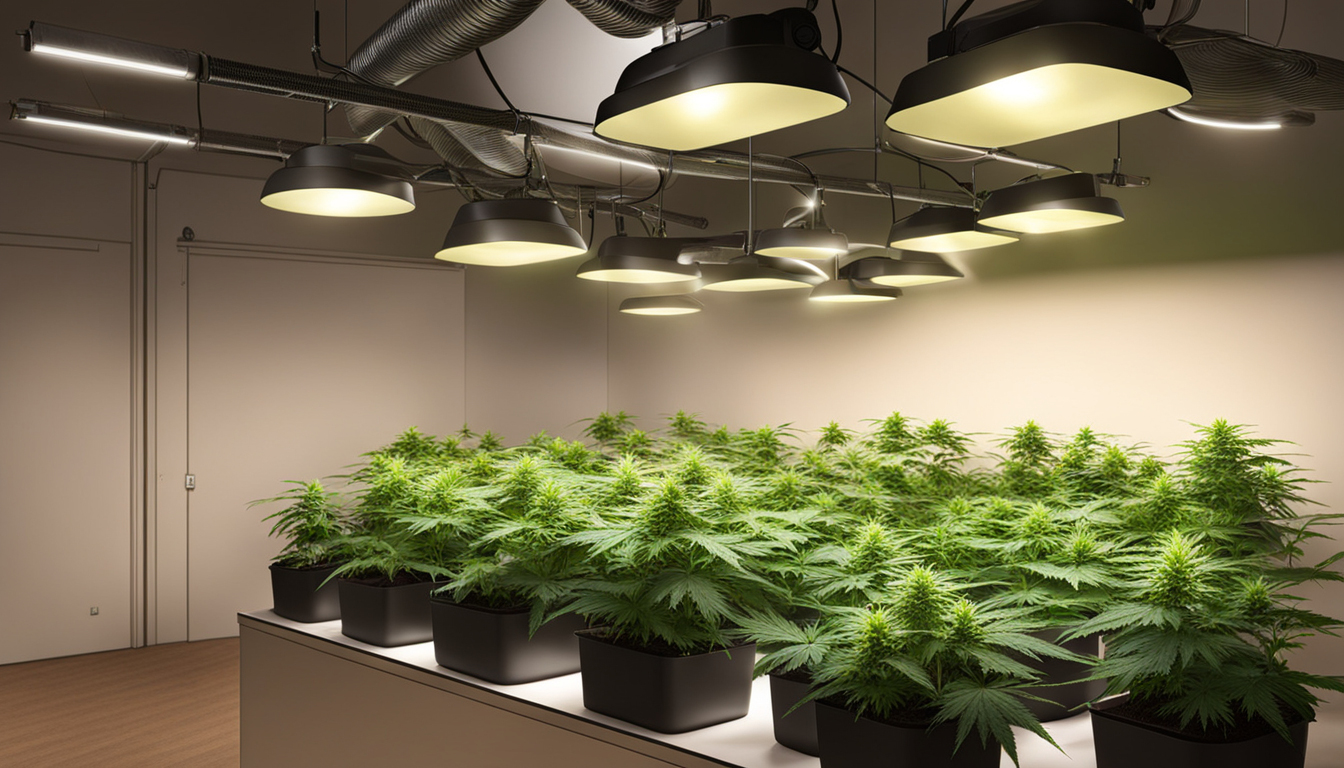
Whether you're beginning cannabis growing or looking to improve your existing harvest, following this complete guide will help you produce large, high-quality yields right at home. With the right equipment, methods, and attention, cultivating cannabis indoors can be an extremely satisfying and cost-effective endeavor.
Choosing Pot Strains
The first step in planning your indoor crop is choosing the right cannabis varieties to grow. The three main types of pot plants each have their own characteristics.
Sativas
Known for their invigorating intellectual effects, these strains spread tall and slender with narrow leaves. They flourish in warmer equatorial climates and have a longer blooming time between 10-12 weeks indoors. Top sativa strains include Jack Herer, Durban Poison, Super Lemon Haze, and Jack Herer.
Relaxing strains
These strains provide calming body-focused effects and spread short and bushy with wide leaves. Accustomed to cooler mountain climates, they bloom faster within 8-9 weeks. Popular indica varieties include Granddaddy Purple, Northern Lights, and Bubba Kush.
Mixed strains
Mixed strains mix traits from both energizing strains and relaxing strains. They offer blended effects and have medium flowering periods around 9-10 weeks. Well-known hybrids are Blue Dream, OG Kush, and Blue Dream.

Setting Up Your Grow Space
Marijuana plants need the right controlled environment to succeed. Key factors for indoor cultivations are lights, airflow, layout, and finding the ideal discreet area.
Location
Choose an available space with direct access to irrigation and power outlets. An empty spare room, large closet, basement corner, or grow tent tucked away in a garage all make great hidden cultivation room spots.
Lighting
Cannabis requires intense light for all growth stages. LED grow lights are energy-efficient and come in broad spectrum options mimicking natural outdoor light. Provide 250-400 watts per sq. ft for the growth stage and 400-600 watts per square foot for flowering.
Airflow
Proper ventilation and exhaust systems maintain ideal temperature, moisture, and pure CO2 levels. Install quiet 10-15 cm blowers or carbon filters to refresh stale air and reduce smells.
Layout
Maximize your space by arranging plants strategically under the lamps and allowing room to reach and work around them. Set up separate zones for vegetation, flowering, drying, and propagation.

Growing Substrates
Marijuana can be grown in various substrates, each with pros and cons. Pick a appropriate option for your particular setup and growing style.
Soil
The traditional substrate, soil is affordable and simple for beginners. It provides great taste but requires more irrigation and nutrients to nourish plants. Enrich soil with perlite or coir to improve drainage.
Coconut coir
Made from coconut husks, renewable coconut fiber retains water but still lets in air to the roots. It's cleaner and more consistent than soil. Use coco-specific fertilizers to prevent calcium buildup.
Water systems
In hydro systems, plant roots develop right in nutrient irrigation solution. This enables rapid development but needs careful monitoring of solution chemistry. Deep water culture and irrigation systems are common methods.
Germinating Seeds
Germination prepares your cannabis seeds to begin growing taproots. This prepares them for transplanting into their growing medium.
Towel Method
Put seeds between damp paper towel and maintain them moist. Check after a week for growing taproots showing sprouting is complete.
Direct Planting
Insert seeds right into pre-moistened growing medium 6mm deep. Gently water and wait 7-14 days until sprouts push through the top.
Cubic rockwool
Presoak rockwool cubes in pH-adjusted water. Place seeds 1⁄4 inch deep into the cubes. Keep cubes moist until sprouts appear within 1-14 days.
Transplanting Seedlings
Once germinated, marijuana young plants need to be transplanted to avoid crowding. Move them into proper sized pots.
Preparing Containers
Fill final containers with cultivation medium enriched with slow-release nutrients. Allow pots to soak up water for 8-12 hours before transplanting.
Carefully Transplanting
Gently loosen young roots from germination medium using a spade. Subscribe Now Put into prepared container at same depth as before and gently water in.
Growth Stage
The growth stage encourages leafy growth and plant structure through 18-24 hours of daily lighting intensity. This stage usually lasts 1-2 months.
Using 3/4 to full day of Light
Use grow lights on a 24 hour cycle or natural sunlight to trigger nonstop growth. Lamp intensity influences size and internodal spacing.
Fertilizing
Use vegetative stage nutrients higher Click Here in nitrogen. Make sure pH remains around 5.8-6.3 for full fertilizer uptake. Fertilize 25-50% concentration after 14 days and strengthen slowly.
LST and topping
Fimming, LST, and trellising direct growth shapes for flat canopies. This increases yields.

Bloom Stage
The blooming stage develops buds as plants show their sex under a 12 hour cycle timing. It lasts 8-12 weeks depending on variety.
Switching to 12/12
Change lamps to 12 hours on, 12 hours off or move outside for outdoor 12 hour cycle. This triggers plants to start flowering.
Stop Fertilizing
Flushing flushes out fertilizer residuals to enhance flavor. Fertilize weakly the first period then just use pH'd water the final 2 weeks.
Flushing
Continue 12/12 light timing but leach using neutral pH water only. Resume clean watering if buds aren't yet mature after two weeks.
Harvesting
Recognizing when marijuana is fully ripe ensures peak potency and aroma. Cut down plants at peak ripeness.
Signs of readiness
Look for swollen calyxes, faded pistils, and 5-15% cloudy trichs. Inspect buds across the plant as they don't all mature evenly.
Cutting Plants
Use clean, sharp trimming scissors to carefully cut each plant at the base. Keep several inches of stem attached.
Curing
Hang intact plants or colas upside down in a lightless room with moderate temperature and RH around 50-60% for 7-14 days.
Aging
Curing keeps desiccating while aging the buds like aged spirits. This process mellows bitterness and intensifies cannabinoid contents.
Jars and Humidity
Trim cured buds from stems and store into glass jars, filling about 75% capacity. Use a hygrometer to monitor jar moisture.
Opening jars daily
Open containers for a few hours each day to slowly reduce humidity. Rehydrate buds if humidity drops below 55%.
Long term storage
After 2-3 weeks when moisture stabilizes around 55-65%, do a final manicure and store forever in sealed jars.
Troubleshooting
Even experienced cultivators run into various Donate Here cannabis plant problems. Detect issues early and fix them properly to keep a strong garden.
Poor feeding
Yellowing leaves often signify insufficient nitrogen. Anthocyanins and leaves show low phosphorus. Check pH and boost nutrients slowly.
Pests
Thrips, aphids, fungus gnats, thrips, and root aphids are common pot pests. Use neem oil sprays, predator bugs, and sticky traps for organic control.
Mold
High moisture encourages botrytis and bud rot. Increase circulation and circulation while reducing humidity under 50% during flowering.

Summary
With this complete indoor cannabis cultivation guide, you now have the info to cultivate plentiful potent buds for personal grows. Apply these techniques and techniques throughout the germination, vegetative, and flowering stages. Invest in good gear and closely monitor your plants. In time, you'll be rewarded with sticky fragrant buds you raised yourself under the loving care of your green thumbs. Happy growing